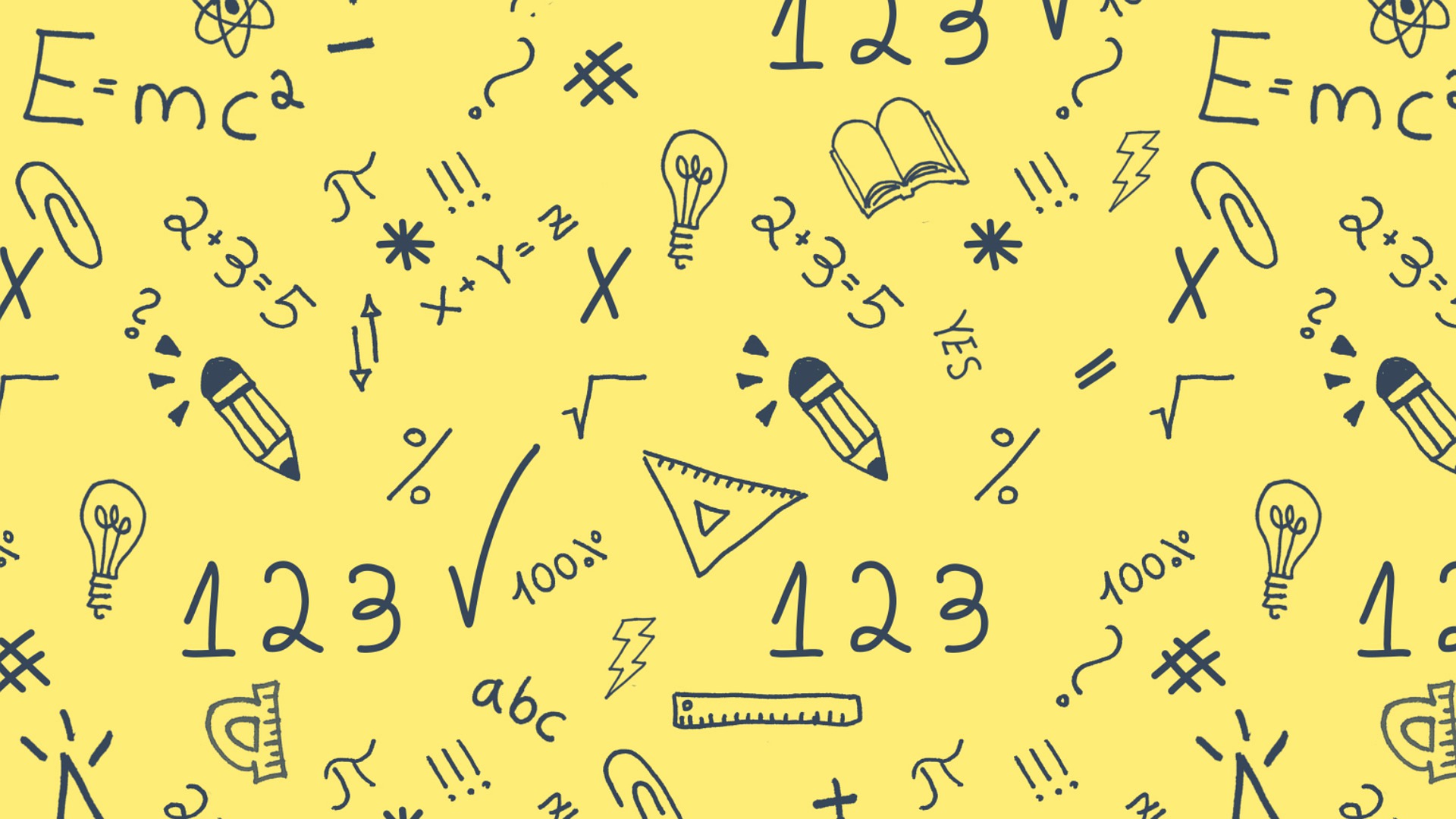Schemas are organized cognitive structures that represent knowledge about a concept or an event that is stored in one’s long-term memory for making sense of external stimuli and guiding behaviors. Individuals also construct cognitive structures about themselves, which refers to self-schemas that involve representations of the self in a specific domain with importance to the individual. While self-efficacy (perceived competence for completing a specific task) and self-concept (a general picture of one’s competence in a specific domain) have been heavily explored in mathematics learning, there has not been thorough research on mathematical self-schemas, which emphasize one’s salient identity in a specific domain, which includes but are not limited to competence beliefs. In addition, most of the previous studies on self-schemas were limited by their survey design. To fill these gaps in the literature, Ng (2021) conducted three studies in Australia to further explore the relationships between mathematics self-schema and motivation to persist in challenging mathematics.
In the first survey study, Ng (2021) classified students into different mathematics schematic groups and examined their differences in motivational goals, strategy use, and performance aspirations in the face of challenges in mathematics. There were 375 Year 10 students from seven different high schools in Australia. This particular sample group was chosen because 1) all Year 10 students were in their final year of required math and had the opportunity to select basic, or more advanced math (such as calculus) to take the following year, and 2) most students at this grade level have a good understanding of their behavior towards mathematics learning. Participants were tasked to complete a 20-minute questionnaire including questions about students’ mathematics self-schema based on their self-knowledge in their plan. The results showed that there were three different categorical types of schematic students: positive, negative, and average. Positive schematics viewed challenging mathematics and failure to be important for their long-term success. Thus, failures could threaten their identity and may encourage finding effective coping strategies to help resolve the threat. Those with negative schematics didn’t value learning math and they didn’t have self-confidence when practicing math. They were thus more likely to give up and ignore their failures.
In Study 2, the researchers investigated how students with polarized schematics (positive versus negative) cope with actual difficult mathematics tests. They had 71 positive and/or negative schematics from Study 1 complete a challenging 30-minute math test. Immediately after, participants had the opportunity to pick a standard or difficult math test. The results showed that most of the positive schematics took the difficult task in the second test whereas most of the negative schematics took the standard task. In terms of coping with failure, positive schematics ignored the advice that encouraged them to take the easier math classes and tests in the fabricated negative feedback they received for their test 1 performance. Negative schematics, once again, behaved the opposite. They agreed with the advice that discouraged them from taking advanced classes and accepted that they should take an easier math course because of their poor performance on test 1.
Lastly, in study 3, the researchers examined the influence of induced schematic view on average schematics (students who have not yet formed a positive or negative self-schema) in responding to a difficult mathematics test and a free-choice task between an interesting magazine and an additional set of challenging test items. 106 average schematics from Study 1 were placed in either positive or negative-induced schematic conditions. Participants first read a student portrait that corresponded with their assigned schematic condition, and then completed a difficult test. When they were waiting for the test results, participants were given the free-choice task. After that, participants received fabricated affirmative feedback on their test performance. The results reflected that regardless of the schematic condition, participants didn’t differ in their perceived level of test difficulty. However, participants in the positive schematic condition were more motivated to improve their learning after the test, set higher goals for themselves, and felt less anxious than those in the negative schematic condition. Furthermore, participants with induced positive self-schema were more willing to take advanced math the following school year and take another test to confirm their abilities than those with induced negative self-schema.
These studies suggest that a student’s self-schema in mathematics greatly affects their motivation and ability to adapt to failures in mathematics learning. By having a positive self-schema, students are able to delve deep within their experiences and find ways to encourage themselves to continue to persevere through challenging tasks. To facilitate the development of positive self-schema, teachers can induce students’ positive self-knowledge when they are struggling with challenging mathematical programs. In relation to EPIC’s research studies, Ng’s work points to a potential future research direction of looking at how students with negative self-schema can shift to a positive schema and how this transition would affect their future learning. Ng’s research further supports EPIC’s research on how students’ self-knowledge relates to their responses to failures in STEM classes.
If you are interested in reading further about Ng’s (2021) study, check out the link to retrieve the journal article: https://doi.org/10.1037/edu0000629
This article was written by Emma Hong.
Reference:
Ng, C. (2021). Mathematics self-schema, motivation, and subject choice intention: A multiphase investigation. Journal of Educational Psychology, 113(6), 1143.

